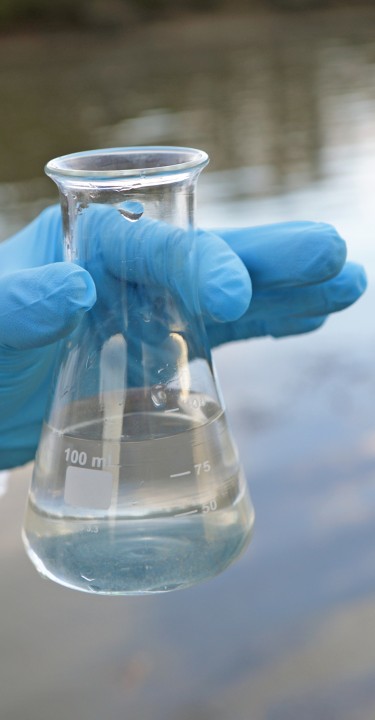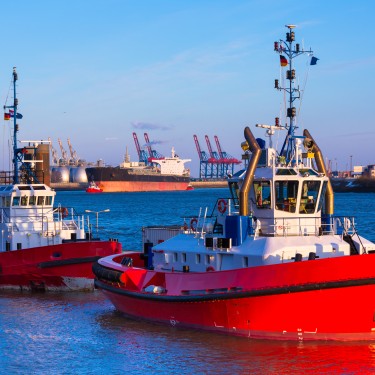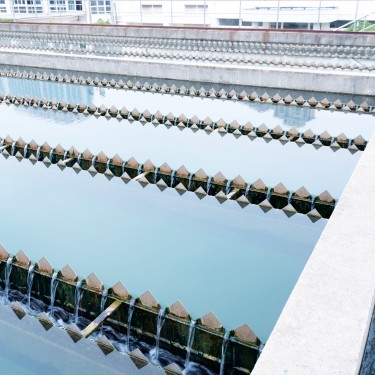For significant reductions in NOx emissions
Nitrogen oxides, or NOx for short, is a group of pollutants that include nitrogen monoxide and nitrogen dioxide. They’re created when oxygen and nitrogen react at high temperatures, as in combustion processes within engines.
These NOx emissions contribute to air quality degradation and are a significant problem for the environment. They can lead to issues like acid rain, pollution of lakes and rivers (eutrophication), respiratory problems in humans, and the creation of harmful ground-level ozone and smog.
Most NOx emissions come from transportation sources, especially internal combustion engines in cars, trucks and ships. In recent years, with the advancement of cleaner technologies and catalytic converters, we've made significant progress in reducing these emissions by implementing stricter emission standards and regulations, focusing mainly on cars and trucks. These pollution control measures are in place as part of international protocols such as the Kyoto Agreement and other green initiatives.




